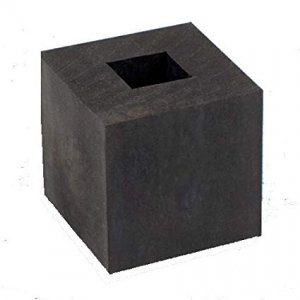Whenever this discussion comes up, I think of Roy Underhill, the Woodwright's Shop, and Norm Abram, the New Yankee Workshop. Roy used tools that had been used in the 17th century and earlier while Norm always had the latest and greatest power tools. Both did great work in their own way.
The modern day machinists and engineers trace their origins to blacksmiths, the machinists/engineers of their time. There have been many intricate and exquisite mechanisms made without the benefit of modern machine tools da5ting as far back as the Middle Ages. In those days, to make a lock and key, a blacksmith would first make a key and then the lock to match the key. Essentially using one part as a gage for making a mating part. A useful technique, even now.
What machine tools have done for us is to allow us to efficiently make identical and interchangeable parts because the metrology is built into the machine itself. Hand working a part to match another part can be done but what would take minutes with a machine tool would take jours or days by hand. I recall cutting a keyway in an 1-1/2" shaft by hand, using a cold chisel, before I had a mill. The hand work took the better part of a day to accomplish and the results, although functional, were less than perfect. The mill would have completed the task in a matter of minutes.
I get satisfaction from hand work but the thought of making a complex part with all features matching the design to within a few thousandths by hand sends a cold shiver down my spine.


